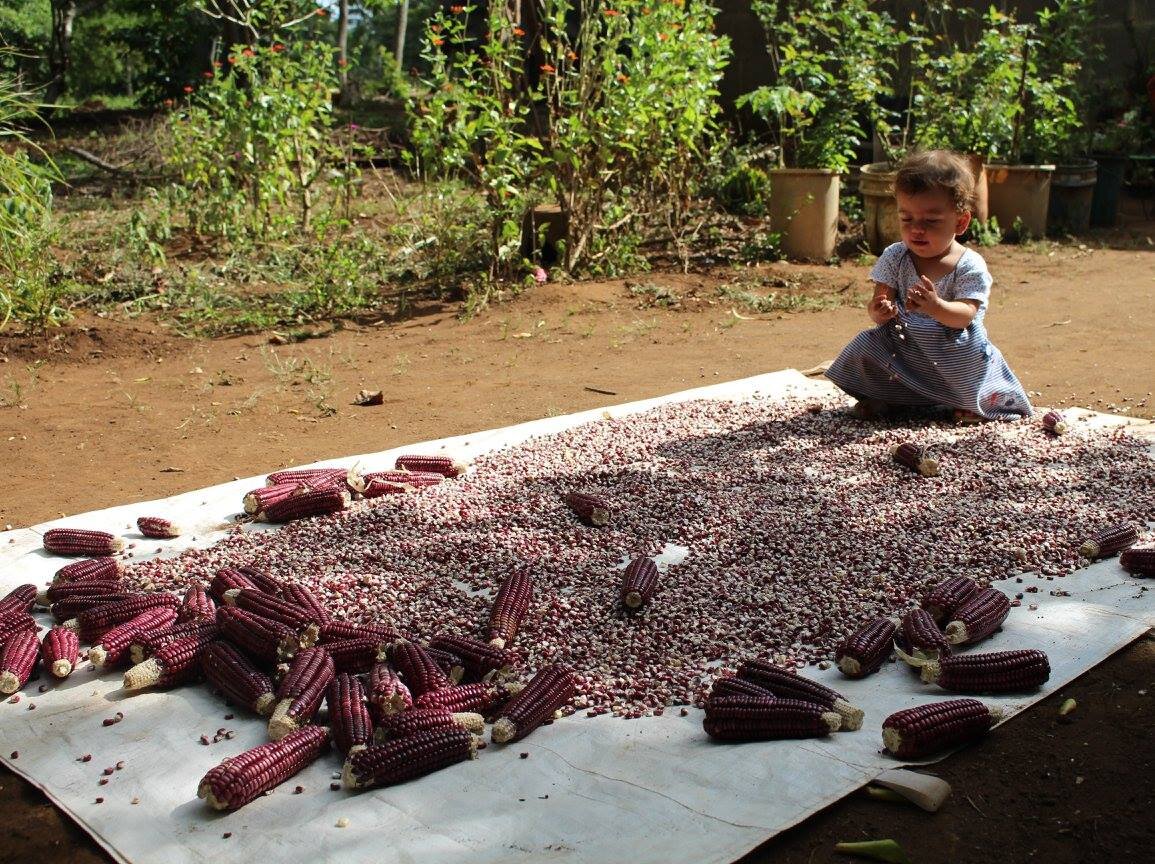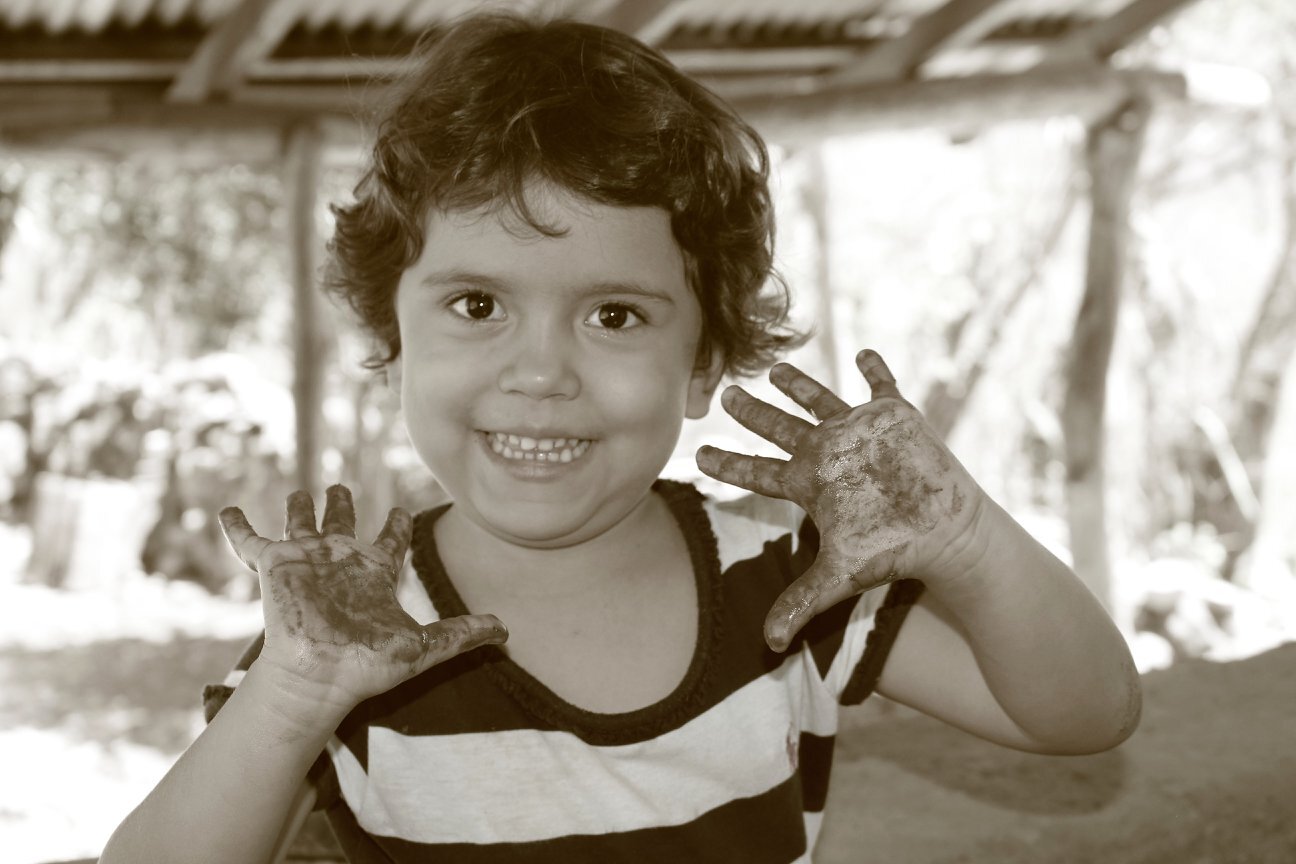
The Common Language of Clay
For me, I think of ceramic pottery as a rich cultural tradition that is celebrated in my home country of Nicaragua. As a child I remember my mother cooking tortillas on her favorite comal and serving my favorite meals, such as nacatamales and baho, on ceramic serving dishes. I began working with clay when I produced ceramic water filters at the factory, Filtron, to purify water in communities that did not have access to clean drinking water. I became interested in learning how to throw so I served in an apprenticeship at San Juan de Oriente, Masaya and began throwing my own pots on a kick wheel with locally sourced and processed terracotta clay. In order to promote pottery, provide technical support, and help local artisans access markets, I led brigades of international potters to northern communities in Nicaragua to give and receive workshops, build kilns, and engage in cultural exchanges. When I moved to Saint Peter, Minnesota in 2018, I began exploring high fired glazes with wood, gas, and electric firing techniques. My favorite aspect of pottery is that whether it is rustic or refined, made out of fancy tools or salvaged materials, people and cultures can come together to enjoy a meal with their favorite pot or appreciate a work of art as they speak the common language of clay.
More About Me
I was born in a small town near Jinotepe located in Nicaragua 1.5 hours north of Costa Rica and 1 hour south of the capital city.
When I was born in 1982, Nicaragua was experiencing the Sandinista Revolution after the dictator, Somoza, had been removed from office until the first democratic election in 1990. During my childhood I remember food and goods were being rationed, healthcare was limited, and many adults in my life were just beginning to gain literacy skills.
After I completed 5th grade, I moved to the capital city to work and send money home to help support my mother and 7 brothers. At the age of 24, I returned to school to complete my studies. After I obtained my high school degree I continued my education and earned a college degree in Accounting.

Ceramic Water Filter
I first began working with clay in 2007 when I transitioned from working in the field of agriculture picking fruit to working at the factory Filtron. I was originally hired to make organic compost out of worms, but within the first two weeks I was transferred to the area fabricating ceramic water filters. I used a hydraulic press to form the porous filter, fired the filters in the wood kilns I had built, and then brushed on a thin layer of colloidal silver to kill the remaining 99.9% of bacteria or parasites in the drinking water. These filters were sold with a 5 gallon plastic bucket, spicket at the bottom, and lid on the top to non-governmental organizations distributing them to communities throughout the country to improve access to clean, potable water.
Potters for Peace
In 2010 I began working with the international NGO Potters for Peace (Ceramistas por la Paz) as the Nicaraguan Program Director until 2020. I enjoyed planning and implementing projects with local communities of artisans throughout the Pacific Coast of Nicaragua. Assistance often was given in the form of workshops introducing new technology such as an extruder, consultations to offer technical support with clay processing, access to local source colorants in lieu of glazes, or issues in firing, and building and maintaining equipment such as kick wheels, kilns, and studio space. Each January I would lead a travel brigade of 10-15 international potters to engage in a cultural and artistic exchange by visiting and working with each of our communities of artisans. Throughout the year I would lead work brigades of 5-10 international potters volunteering to perform more targeted projects such as building a kiln in a specific community. In addition to supporting local artisans, I continue to provide virtual technical support to ceramic water filter factories throughout the developing world.
Family
In 2006 I met my future wife, Loehrl Pillers, when she was serving as a Peace Corps Volunteer in my hometown. While I was attending night classes to earn my high school degree, she was teaching English as a Foreign Language to secondary students during the day. After Loehrl completed her service we got married in 2008. The wedding was supposed to begin at 4pm, however my Dutch boss and his family arrived an hour early, my wife’s American guests arrived punctually on time, and my Nicaraguan family and friends arrived 1-3 hours late. Regardless, of the differences in our internal time clocks, we had a great celebration that lasted through the entire night!
In 2011 our first son, Logan, was born, and in 2014 we completed our family when we welcomed our daughter, Skyler. One of the most rewarding aspects of parenthood for me has been sharing my country, customs, language, and love of pottery with my children.



In 2018 our family moved to Saint Peter, Minnesota. The first question people always ask us is why we moved from a tropical country along the equator to one of the coldest northern States in the U.S?
The day after my daughter’s 4th birthday, April 18, protests against social security reform escalated to the the deadliest civil conflict since the Nicaraguan Revolution. Our family decided to leave quickly and shelter in safety with my wife’s Aunt. We have remained in the U.S. waiting for the violence in my home country to subside.
During our time in Saint Peter, MN I have enjoyed exploring glazes and high firing techniques, refining the body of my work with porcelain and stoneware clay on an electric wheel, as well as providing education and support for members of the community promoting art as a therapeutic outlet for overcoming life’s challenges.














